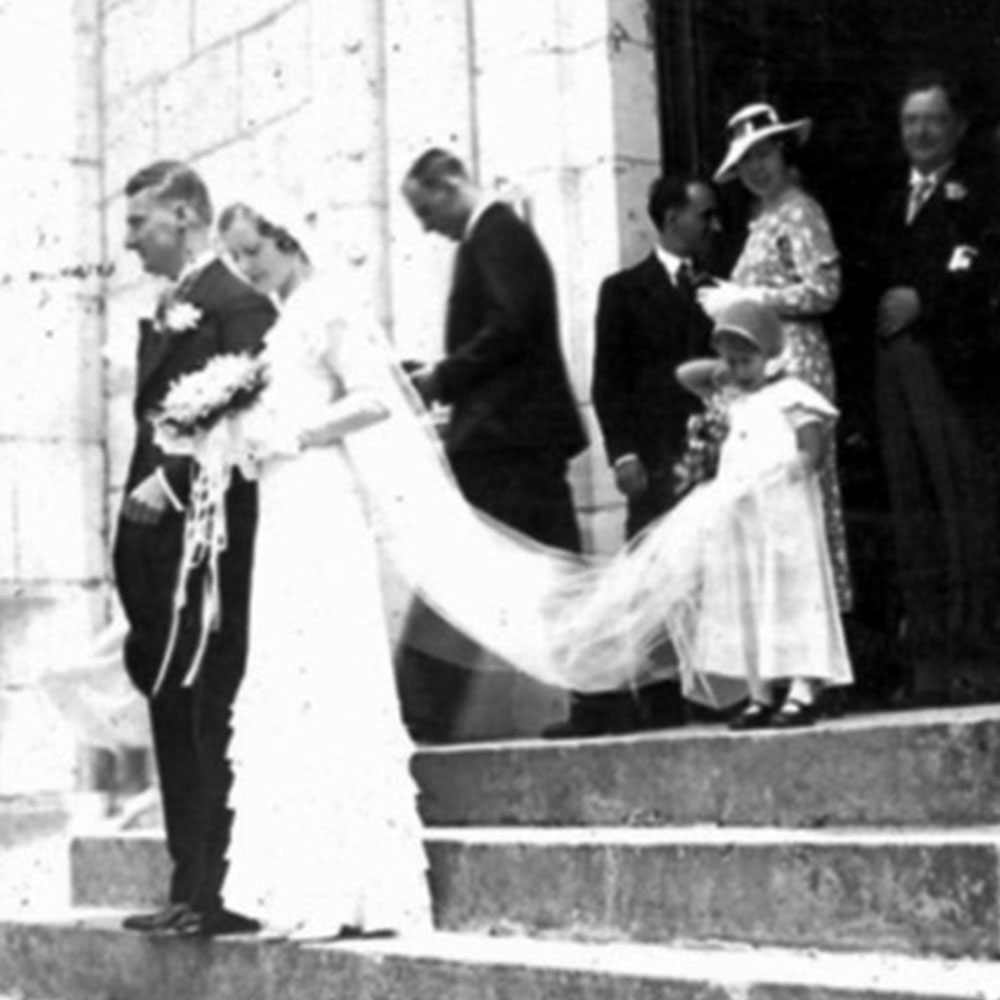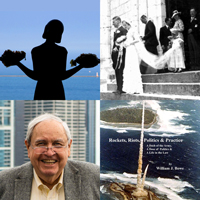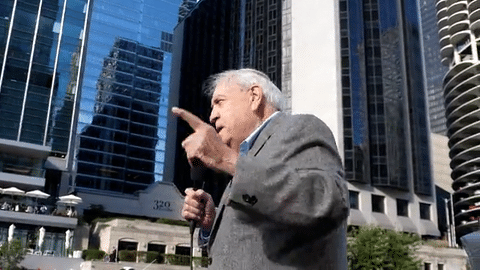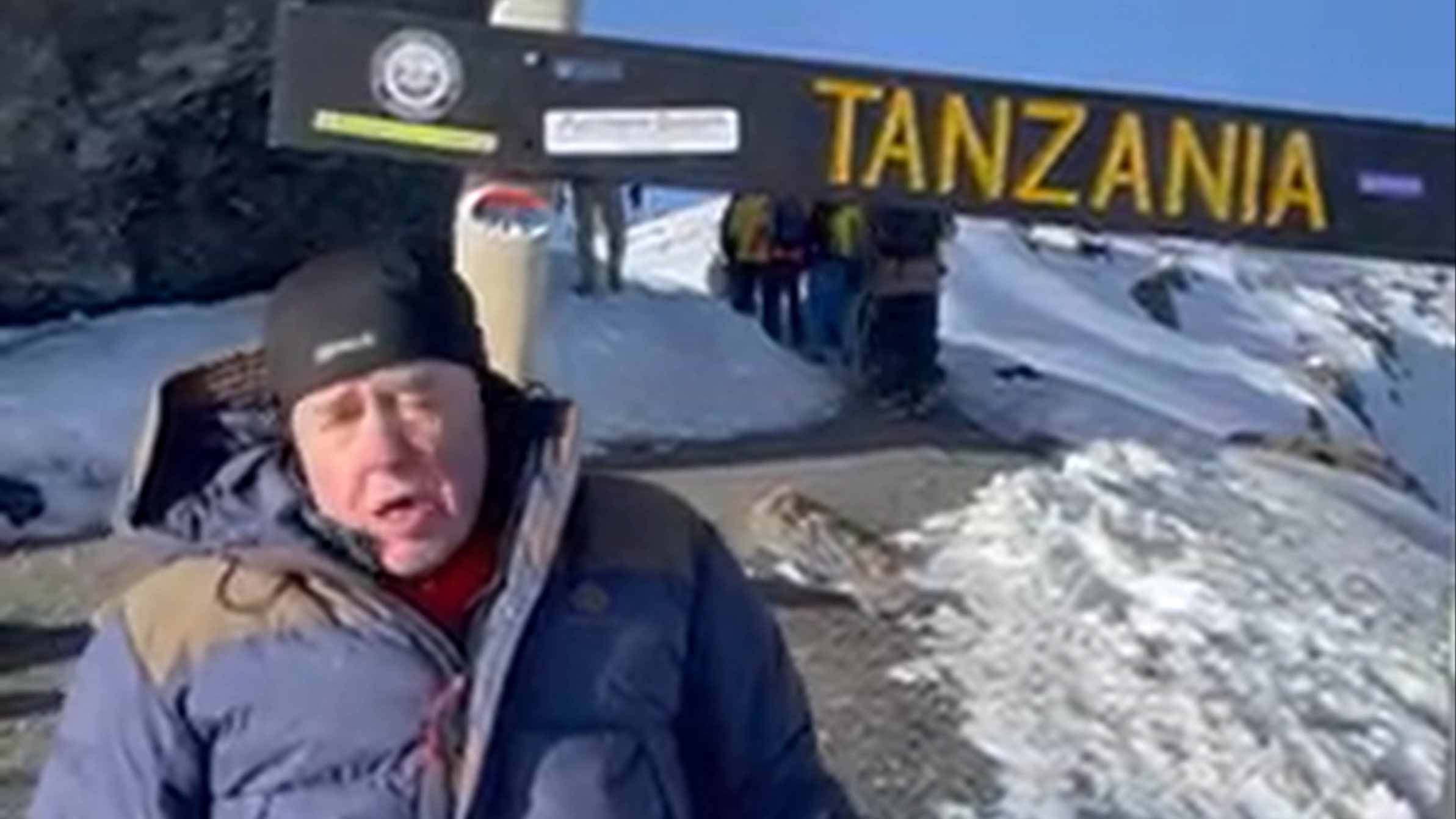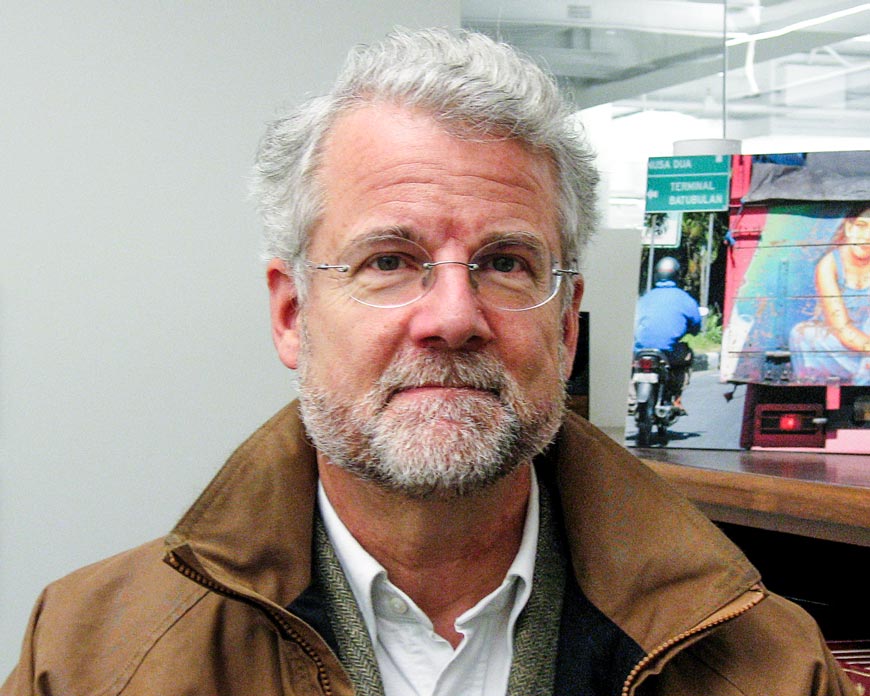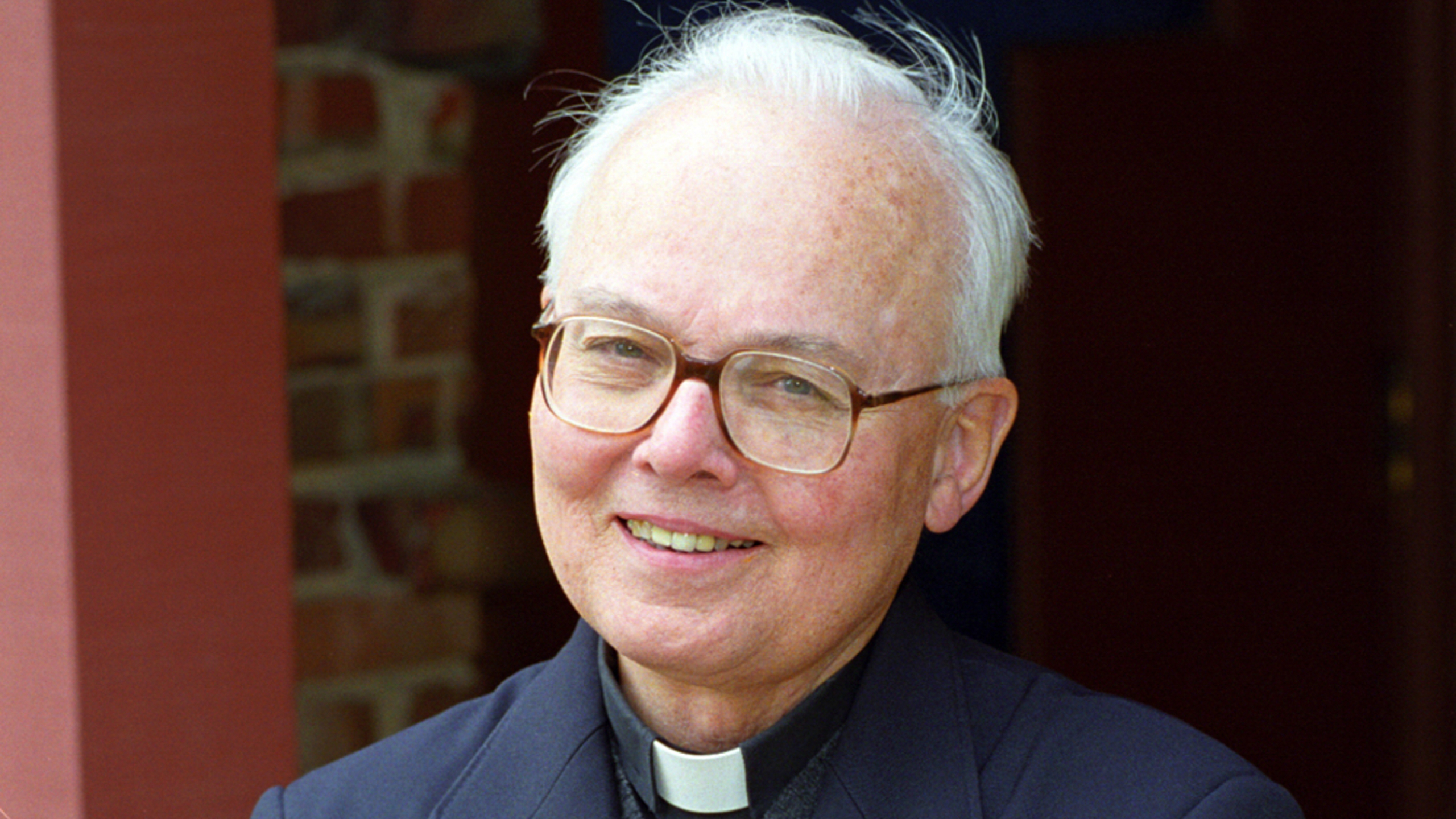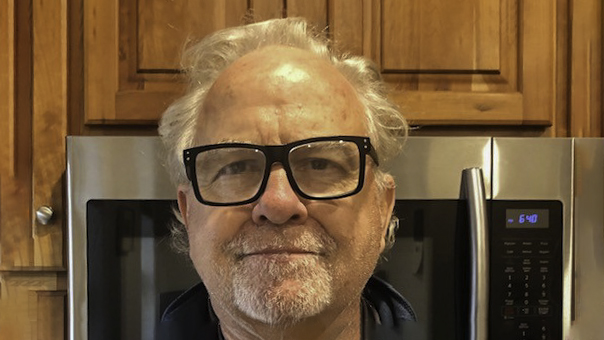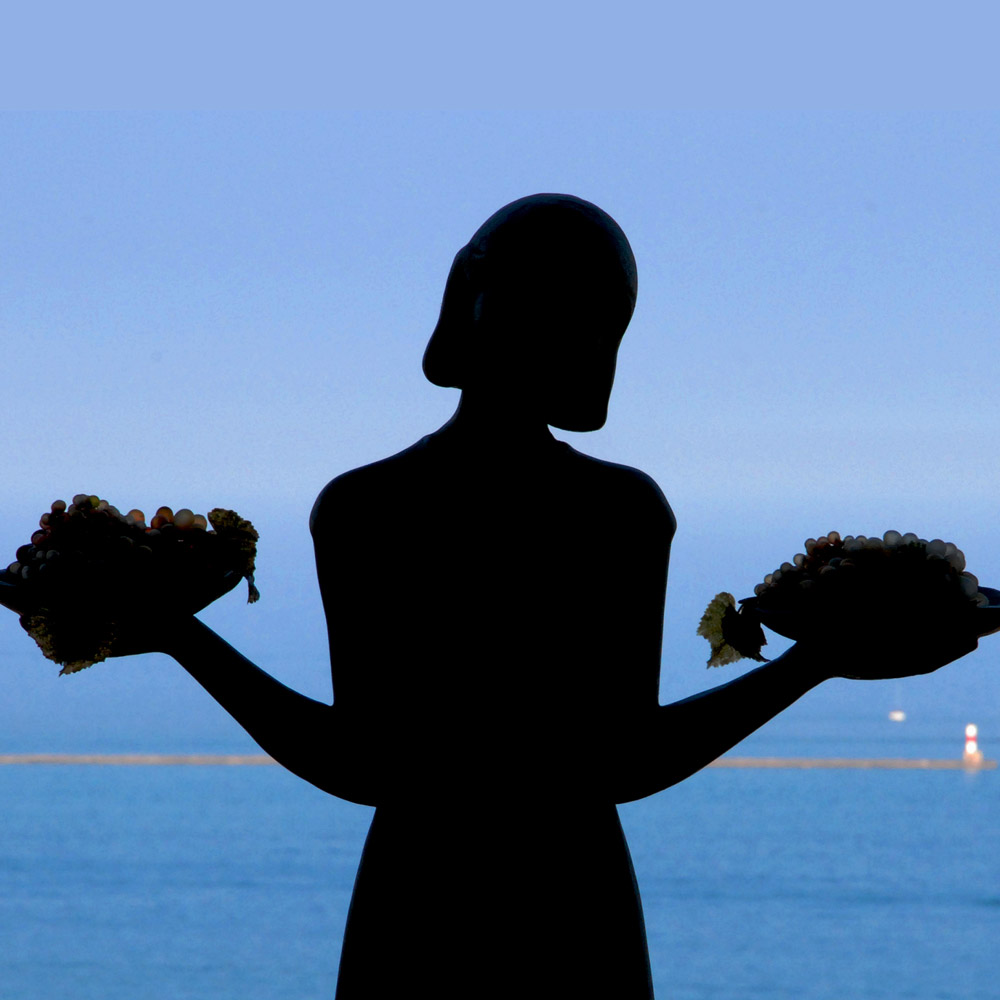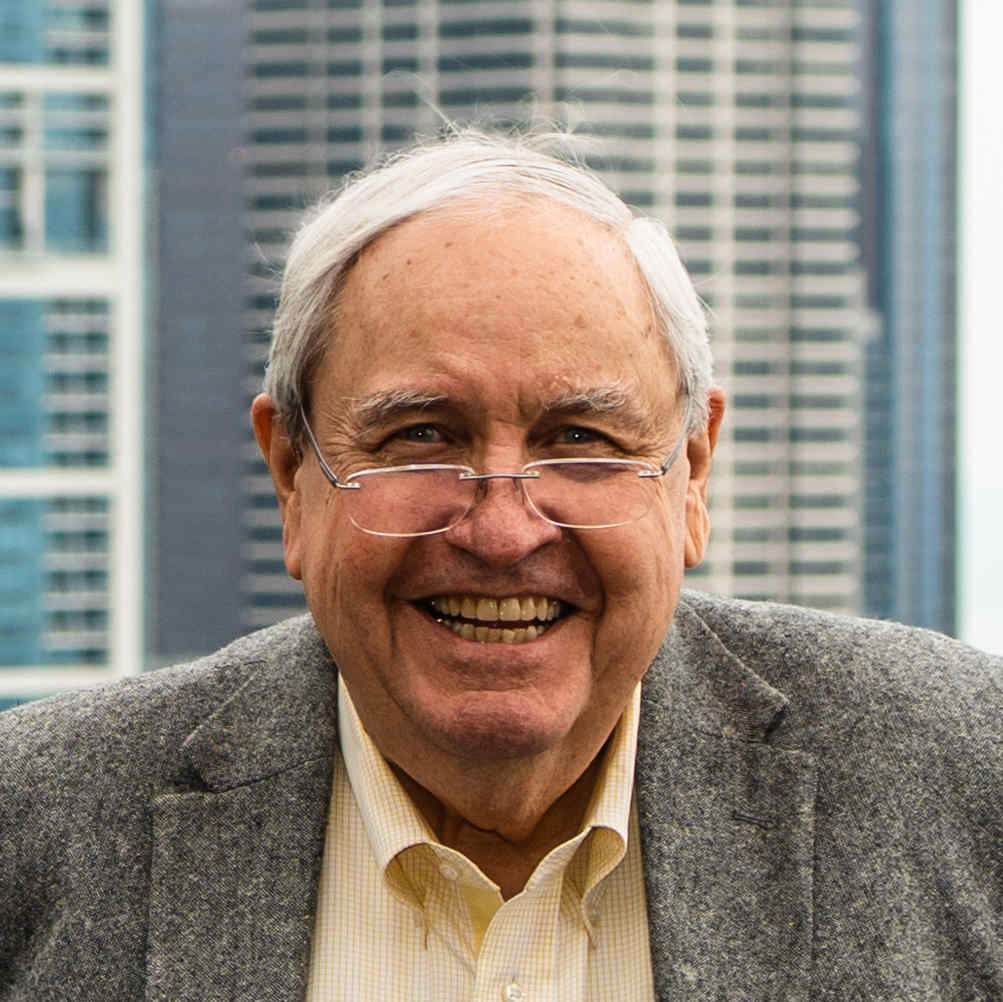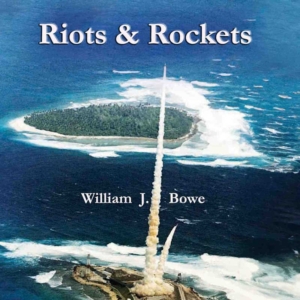Editor’s Note: As our tour boat passed Wolf Point for the third time it headed back east towards the locks at Lake Michigan. The locks enable the River to flow downstream to the Mississippi River instead carrying the City’s waste into Lake Michigan. One of the points of interest on this part of our route was the Reid-Murdoch Building, a 1914 warehouse. It was converted into Chicago’s Traffic Court and other City offices in the 1950s. When the City vacated the building in the 1990s, it was redeveloped into modern offices. I was part of the decision making process in 2005 when my employer, Encyclopaedia Britannica, made the building its new global headquarters and moved in.
I had been preceded working in the building by both my father’s brother, Augustine J. Bowe, and his son, John E. Bowe. Gus, as the family knew him, had been slated by Mayor Richard J. Daley to become the Democratic candidate for Chief Justice of the Municipal Court. He was elected in 1960, with his vote total no doubt helped by having John F. Kennedy running for President at the top of the ticked that year. Gus died in 1966, but years later, not long after Britannica moved in, I found an office directory in the building with Gus’s office still listed on it. The directory on the wall was amidst rubble in a part of the building that hadn’t yet been renovated. Gus needed one office in the building because he needed to be there a fair amount of time in order to clean up a bail bond scandal occurring on his predecessor’s watch. But he had a second office in the building as well. He served as Chairman of the Architectural Landmarks Commission, having been appointed by Mayor Richard J. Daley to head up that new part of City government in 1957. The Commission’s work was focused on trying to save historic architectural landmarks from the wrecker’s ball.
Gus Bowe’s son, John Bowe also became a judge in later years. As an Associate Judge he often sat on the bench in Traffic Court in the building. The court system went through another scandal of bribery and corruption during his era. It was brought about by the FBI’s famous Operation Greylord. By the time I moved into the building in 2005 as Britannica’s Executive Vice President and General Counsel, things had calmed down considerably.
Before the Canavan Family Reunion cruise by the Reid Murdoch, Tony Bowe suggested to me that it might be nice to mention thecuriosity of the Bowe family’s connection to the building. So in this part of the trip our docent guide stepped aside and I took his place to explain the oddity of Gus and John and me all working in the old warehouse building at one time or another. Unfortunately I got carried away at the end and proposed that the name of the Reid Murdoch Building be changed to the Bowe Building. From the laughter and smirks on the faces of my kin, I could see they hadn’t been persuaded. That night I cried myself to sleep, knowing the Bowe Building had been an impossible dream.

